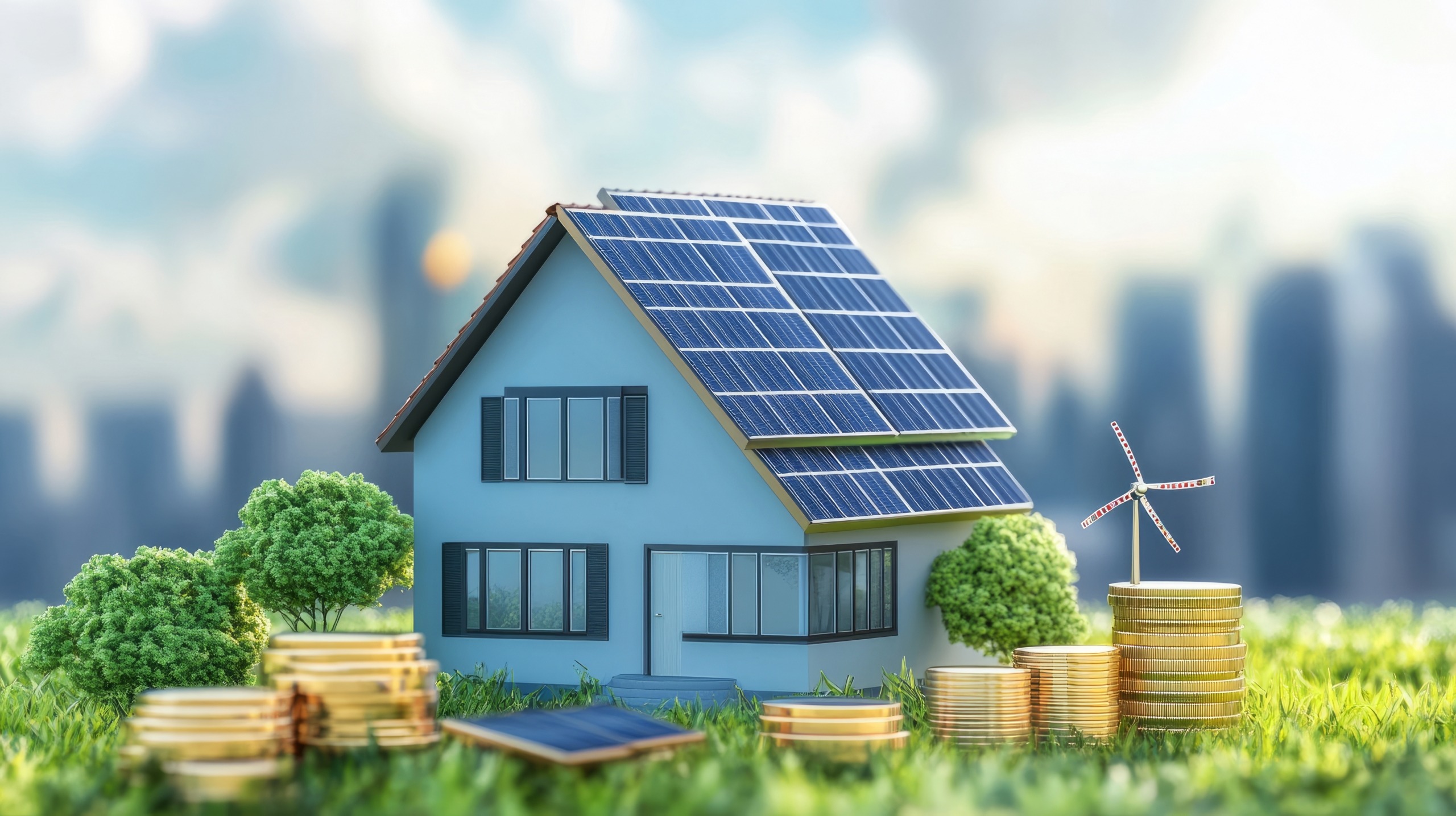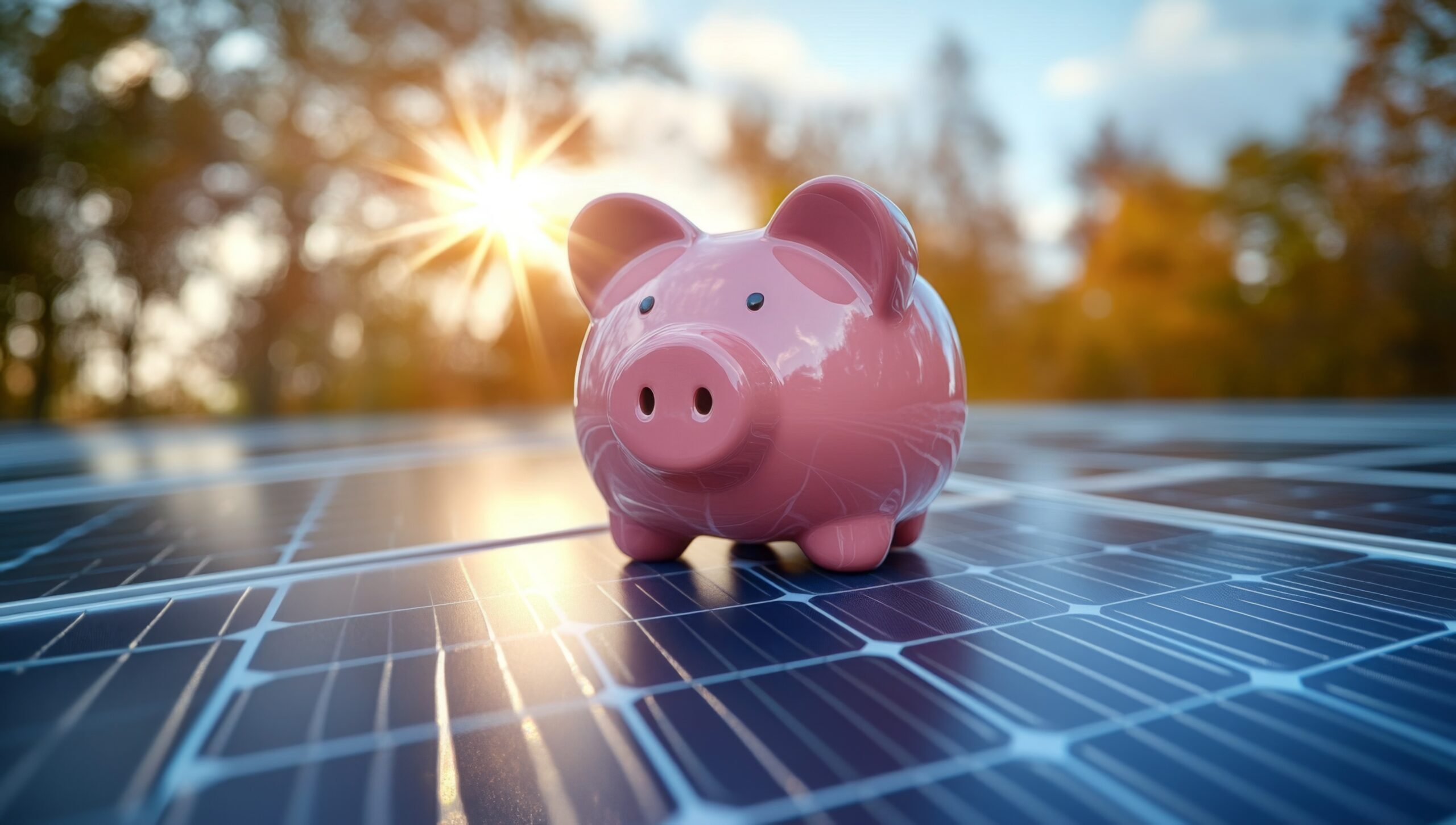.lst-kix_rn5warmm59po-4>li{counter-increment:lst-ctn-kix_rn5warmm59po-4}.lst-kix_rn5warmm59po-3>li{counter-increment:lst-ctn-kix_rn5warmm59po-3}ol.lst-kix_rn5warmm59po-6.start{counter-reset:lst-ctn-kix_rn5warmm59po-6 0}.lst-kix_rn5warmm59po-0>li:before{content:”” counter(lst-ctn-kix_rn5warmm59po-0,decimal) “. “}.lst-kix_rn5warmm59po-1>li:before{content:”” counter(lst-ctn-kix_rn5warmm59po-1,lower-latin) “. “}.lst-kix_rn5warmm59po-3>li:before{content:”” counter(lst-ctn-kix_rn5warmm59po-3,decimal) “. “}ol.lst-kix_rn5warmm59po-8.start{counter-reset:lst-ctn-kix_rn5warmm59po-8 0}.lst-kix_rn5warmm59po-2>li:before{content:”” counter(lst-ctn-kix_rn5warmm59po-2,lower-roman) “. “}.lst-kix_rn5warmm59po-6>li:before{content:”” counter(lst-ctn-kix_rn5warmm59po-6,decimal) “. “}ol.lst-kix_rn5warmm59po-0{list-style-type:none}.lst-kix_rn5warmm59po-5>li:before{content:”” counter(lst-ctn-kix_rn5warmm59po-5,lower-roman) “. “}ol.lst-kix_rn5warmm59po-3{list-style-type:none}ol.lst-kix_rn5warmm59po-4{list-style-type:none}ol.lst-kix_rn5warmm59po-1{list-style-type:none}ol.lst-kix_rn5warmm59po-2{list-style-type:none}.lst-kix_rn5warmm59po-4>li:before{content:”” counter(lst-ctn-kix_rn5warmm59po-4,lower-latin) “. “}ol.lst-kix_rn5warmm59po-7{list-style-type:none}ol.lst-kix_rn5warmm59po-8{list-style-type:none}ol.lst-kix_rn5warmm59po-5{list-style-type:none}ol.lst-kix_rn5warmm59po-6{list-style-type:none}ol.lst-kix_rn5warmm59po-5.start{counter-reset:lst-ctn-kix_rn5warmm59po-5 0}.lst-kix_rn5warmm59po-7>li:before{content:”” counter(lst-ctn-kix_rn5warmm59po-7,lower-latin) “. “}.lst-kix_rn5warmm59po-8>li:before{content:”” counter(lst-ctn-kix_rn5warmm59po-8,lower-roman) “. “}ol.lst-kix_rn5warmm59po-2.start{counter-reset:lst-ctn-kix_rn5warmm59po-2 0}.lst-kix_rn5warmm59po-7>li{counter-increment:lst-ctn-kix_rn5warmm59po-7}.lst-kix_hjw3mc3fc1iw-0>li:before{content:”025cf “}.lst-kix_hjw3mc3fc1iw-1>li:before{content:”025cb “}ol.lst-kix_rn5warmm59po-0.start{counter-reset:lst-ctn-kix_rn5warmm59po-0 0}.lst-kix_rn5warmm59po-1>li{counter-increment:lst-ctn-kix_rn5warmm59po-1}ol.lst-kix_rn5warmm59po-4.start{counter-reset:lst-ctn-kix_rn5warmm59po-4 0}.lst-kix_rn5warmm59po-6>li{counter-increment:lst-ctn-kix_rn5warmm59po-6}.lst-kix_rn5warmm59po-0>li{counter-increment:lst-ctn-kix_rn5warmm59po-0}ol.lst-kix_rn5warmm59po-1.start{counter-reset:lst-ctn-kix_rn5warmm59po-1 0}ul.lst-kix_hjw3mc3fc1iw-3{list-style-type:none}ul.lst-kix_hjw3mc3fc1iw-2{list-style-type:none}ul.lst-kix_hjw3mc3fc1iw-5{list-style-type:none}ul.lst-kix_hjw3mc3fc1iw-4{list-style-type:none}.lst-kix_rn5warmm59po-8>li{counter-increment:lst-ctn-kix_rn5warmm59po-8}ul.lst-kix_hjw3mc3fc1iw-1{list-style-type:none}ul.lst-kix_hjw3mc3fc1iw-0{list-style-type:none}ol.lst-kix_rn5warmm59po-3.start{counter-reset:lst-ctn-kix_rn5warmm59po-3 0}.lst-kix_hjw3mc3fc1iw-8>li:before{content:”025a0 “}ul.lst-kix_hjw3mc3fc1iw-7{list-style-type:none}ul.lst-kix_hjw3mc3fc1iw-6{list-style-type:none}li.li-bullet-0:before{margin-left:-18pt;white-space:nowrap;display:inline-block;min-width:18pt}ul.lst-kix_hjw3mc3fc1iw-8{list-style-type:none}.lst-kix_hjw3mc3fc1iw-4>li:before{content:”025cb “}.lst-kix_hjw3mc3fc1iw-5>li:before{content:”025a0 “}.lst-kix_hjw3mc3fc1iw-2>li:before{content:”025a0 “}.lst-kix_hjw3mc3fc1iw-3>li:before{content:”025cf “}.lst-kix_hjw3mc3fc1iw-6>li:before{content:”025cf “}.lst-kix_hjw3mc3fc1iw-7>li:before{content:”025cb “}ol.lst-kix_rn5warmm59po-7.start{counter-reset:lst-ctn-kix_rn5warmm59po-7 0}.lst-kix_rn5warmm59po-2>li{counter-increment:lst-ctn-kix_rn5warmm59po-2}.lst-kix_rn5warmm59po-5>li{counter-increment:lst-ctn-kix_rn5warmm59po-5}ol{margin:0;padding:0}table td,table th{padding:0}.c1{margin-left:36pt;padding-top:12pt;padding-left:0pt;padding-bottom:12pt;line-height:1.15;orphans:2;widows:2;text-align:left}.c2{color:#000000;font-weight:400;text-decoration:none;vertical-align:baseline;font-size:11pt;font-family:”Arial”;font-style:normal}.c10{padding-top:0pt;padding-bottom:0pt;line-height:1.15;orphans:2;widows:2;text-align:left;height:11pt}.c7{padding-top:18pt;padding-bottom:4pt;line-height:1.15;orphans:2;widows:2;text-align:left}.c3{color:#000000;text-decoration:none;vertical-align:baseline;font-size:17pt;font-family:”Arial”;font-style:normal}.c4{padding-top:12pt;padding-bottom:12pt;line-height:1.15;orphans:2;widows:2;text-align:left}.c5{text-decoration-skip-ink:none;-webkit-text-decoration-skip:none;color:#1155cc;text-decoration:underline}.c8{background-color:#ffffff;max-width:468pt;padding:72pt 72pt 72pt 72pt}.c9{color:inherit;text-decoration:inherit}.c6{padding:0;margin:0}.c0{font-weight:700}.title{padding-top:0pt;color:#000000;font-size:26pt;padding-bottom:3pt;font-family:”Arial”;line-height:1.15;page-break-after:avoid;orphans:2;widows:2;text-align:left}.subtitle{padding-top:0pt;color:#666666;font-size:15pt;padding-bottom:16pt;font-family:”Arial”;line-height:1.15;page-break-after:avoid;orphans:2;widows:2;text-align:left}li{color:#000000;font-size:11pt;font-family:”Arial”}p{margin:0;color:#000000;font-size:11pt;font-family:”Arial”}h1{padding-top:20pt;color:#000000;font-size:20pt;padding-bottom:6pt;font-family:”Arial”;line-height:1.15;page-break-after:avoid;orphans:2;widows:2;text-align:left}h2{padding-top:18pt;color:#000000;font-size:16pt;padding-bottom:6pt;font-family:”Arial”;line-height:1.15;page-break-after:avoid;orphans:2;widows:2;text-align:left}h3{padding-top:16pt;color:#434343;font-size:14pt;padding-bottom:4pt;font-family:”Arial”;line-height:1.15;page-break-after:avoid;orphans:2;widows:2;text-align:left}h4{padding-top:14pt;color:#666666;font-size:12pt;padding-bottom:4pt;font-family:”Arial”;line-height:1.15;page-break-after:avoid;orphans:2;widows:2;text-align:left}h5{padding-top:12pt;color:#666666;font-size:11pt;padding-bottom:4pt;font-family:”Arial”;line-height:1.15;page-break-after:avoid;orphans:2;widows:2;text-align:left}h6{padding-top:12pt;color:#666666;font-size:11pt;padding-bottom:4pt;font-family:”Arial”;line-height:1.15;page-break-after:avoid;font-style:italic;orphans:2;widows:2;text-align:left}
Going green isn’t just good for the planet—it’s great for your wallet too. If you’ve been thinking about making your home more energy-efficient but are worried about the costs, you’re in luck. There are grants available to help you save money while upgrading your home. Read on to learn more about them.
What are Home Energy Grants and Why You Should Care About Them
Home energy grants are financial incentives designed to help homeowners like you make energy-efficient upgrades to reduce energy consumption, lower energy bills, and cut down on greenhouse gas emissions. These grants can cover a wide range of energy efficiency improvements, from installing solar panels to upgrading your insulation or replacing old appliances with energy-efficient models.
Unlike loans, grants don’t need to be repaid – making them an attractive option for homeowners looking to save money upfront. They’re often funded by government agencies, non-profits, or utility companies, and they’re available to a wide range of people, including low-income households.
Energy grants are a win-win. Why? Aside from the benefits discussed above, they also increase the value of your home. Energy-efficient homes are in high demand, and buyers are willing to pay a premium for properties that come with energy savings.
Additionally, you’ll be able to enjoy the immediate benefits of a more comfortable home with better insulation and modern appliances.
Types of Home Energy Grants Available
There’s no one-size-fits-all grant, so it’s important to know what’s out there. If you want to apply for a grant near you, here are some common types of home energy grants you can explore:
- Solar panel grants help cover the cost of installing solar panels, which can significantly reduce your electricity bills. Some programs even allow you to sell excess energy back to the grid after you’ve successfully undergone energy assessments by the relevant authorities.
- Insulation upgrades can aid you in dealing with poor insulation issues at home. Grants for insulation can help you with duct sealing your home and keep it cozy year-round.
- New energy-efficient appliances made possible by grants can save you money in the long run. Some offer rebate amounts for making such green energy upgrades.
- Heating and cooling systems grants help with the installation of energy-friendly and more efficient heating, ventilation, and air conditioning (HVAC) systems that are known for lesser energy consumption. Grants can help offset the cost of installation.
- Low-income assistance programs are specifically designed to help low-income households make energy-efficient upgrades. To qualify, you need to meet certain requirements like not exceeding set median incomes for low-income families in your state and so on.
Those are just some of the most popular kinds of grants that promote the adoption of energy efficiency measures.
How to Find Home Energy Grants
Now that you know what’s available, the next step is finding the right grant for your needs. Common resources include the following: government sites, utility companies, non-profit organizations, and online databases.
First, you can look at various government websites. Many governments offer grants for energy-efficient home improvements. Proceed by visiting your local or national energy department’s website.
Next, you can contact your utility company. Some utility companies offer rebates or grants to customers who make energy-efficient upgrades. Give them a call or check their website for details. Non-profits, on the other hand, often provide grants or low-interest loans for sustainable home improvements.
Finally, you can comb through online databases that focus on green energy grants to learn more about your options.
How to Apply for Home Energy Grants
Applying for a grant might sound intimidating, but it’s easier than you think. Here’s a step-by-step guide to help you through the process:
- Research Eligibility Requirements: Each grant has its own set of criteria. Make sure you meet the requirements before applying.
- Gather Necessary Documents: Most applications will ask for proof of income, home ownership, and details about the upgrades you plan to make. Have these ready to go.
- Fill Out the Application: Take your time and double-check your answers. A well-prepared application is more likely to be approved.
- Submit and Follow Up: Once you’ve submitted your application, don’t just sit back and wait. Follow up with the organization to ensure they’ve received everything and to check on the status of your application.
To make sure that your green motivations become a success, check out the following section for additional tips.
Tips for Maximizing Your Savings
Getting a grant is just the first step. To make the most of your energy-efficient upgrades, keep the following sections in mind.
First, did you know that you can combine grants and rebates? Some programs allow you to stack grants with rebates or tax credits, maximizing your savings. Next, focus on improvements that’ll have the biggest impact on your energy bills, like insulation or a new HVAC system.
Remember to only work with certified contractors. Why? Some grants require you to use certified professionals for installation. Even if it’s not required, hiring experts ensures the job is done right.
Lastly, monitor your energy usage. After making upgrades, keep an eye on your energy bills to see how much you’re saving. This can help you identify additional areas for improvement.
Final Words
Home energy grants are a fantastic way to save money while making your home more sustainable. By taking advantage of these programs, you’re not just improving your home—you’re contributing to a healthier planet and a more sustainable future. So why wait? Start researching grants today and take the first step toward a greener, more energy-efficient home.



